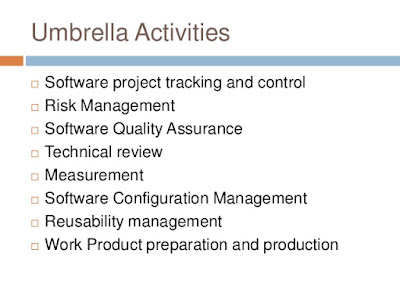3G | 4G ...What is G?
What is G:
G Stands for ‘‘generation’ . A generation of cellular
standards has appeared approximately every tenth (10) years after previous
standard. Each generation is characterized by new frequency bands, higher data
rates.
We need a network for transmit our required data such as voice, video, text etc so the G is the Generation of technology in which we
can transmit data to other end.
0 (zero) G
Mobile radio telephone systems preceded modern cellular
mobile telephony technology. Since they were the predecessors of the first
generation of cellular telephones, these systems are sometimes retroactively
referred to as pre cellular (or sometimes zero generation) systems.
Technologies used in pre cellular systems included the Push to Talk (PTT or
manual), Mobile Telephone System (MTS), Improved Mobile Telephone Service
(IMTS), and Advanced Mobile Telephone System (AMTS) systems. These early mobile
telephone systems can be distinguished from earlier closed radiotelephone
systems in that they were available as a commercial service that was part of
the public switched telephone network, with their own telephone numbers, rather
than part of a closed network such as a police radio or taxi dispatch system.
have a look on:
have a look on:
- 1G = analog
Examples include NMT, AMPS, TACS, etc
This did not do data. - 2G = digital, voice
Examples include GSM, D-AMPS, PDC
2.5G added data (GPRS)
2.75G faster data (EDGE)
Data rates from 9.6Kbps (GPRS) to 200Kbps (2.75G) - 3G = digital, supported data, but still circuit switched
WCDMA, EvDO
Includes data but still onto circuit switched architecture
3.5G faster data, added true always-on / packet data (HSPA)
Data rates of 2Mbps-tens of Mbps
NB The USA and few other places had a rival technology ("CDMA"). IS95, EvDO.
That was marketed as 3G when it was launched, but initially was probably closer to 2.5G and then upgraded to 3G with the EvDO upgraded. - 4G = wireless broadband
OFDMA, flat architecture, true packet switched
Pure data: voice as VoIP (VoLTE)
Most people say this is LTE & WiMAX, (though some people are waiting for an upgrade to LTE-A, based on a rather silly data rate definition).
4.5G term not widely used but some people say that is LTE-A
Data rates of Tens of Mbps - Hundreds of Mbps - 5G = not yet definedMuch faster. Likely to be real ~2020
Being argued about now in standards bodies.
Will likely be an extension of 4G but with higher data rates & better support for IoT
Data rates of “1Gbps” are proposed



Thanks for sharing such a nice information. I like your post 3G | 4G ...What is G?
ReplyDelete